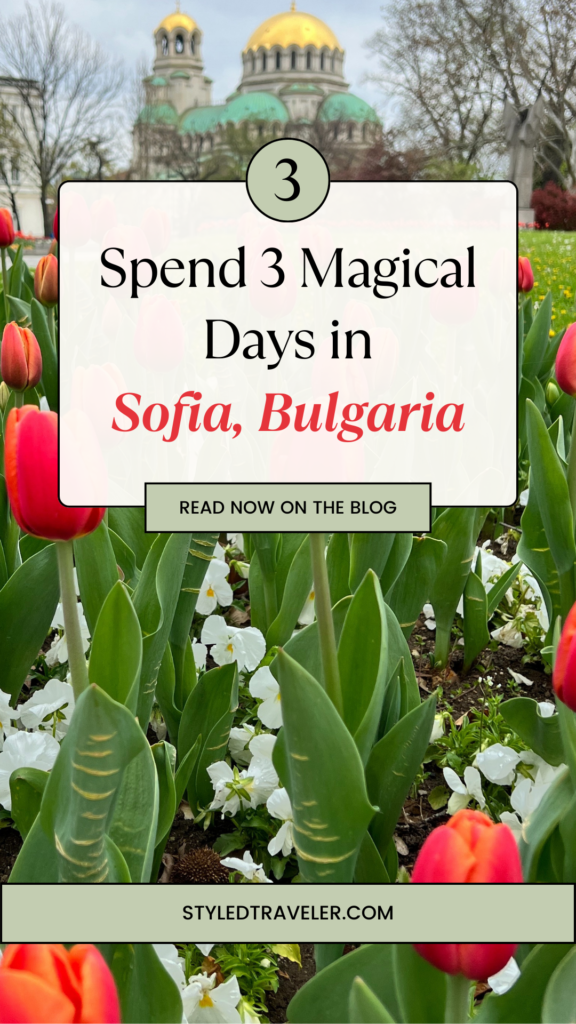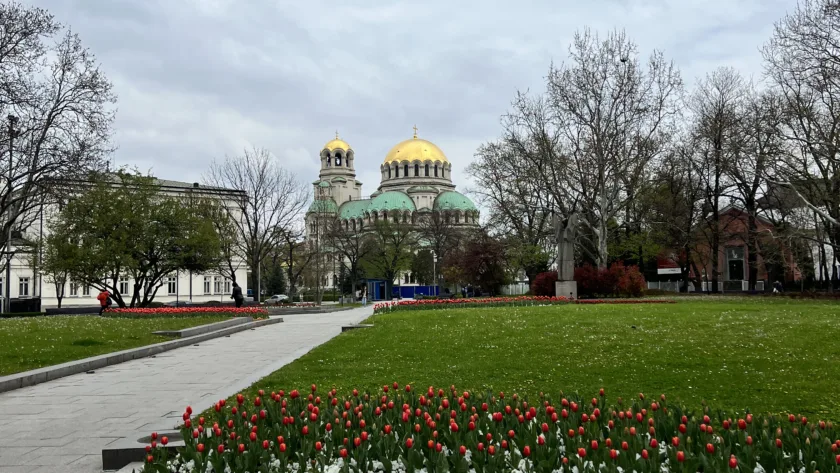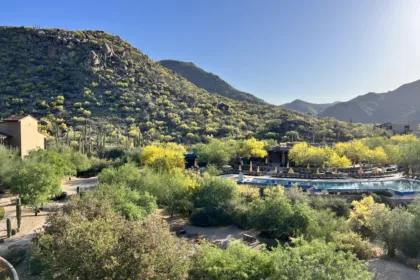Nestled at the foot of the Vitosha Mountain, Sofia, the capital city of Bulgaria, seamlessly blends rich history, captivating architecture, and a thriving contemporary culture. Whether you are a history buff, a food lover, or an avid adventurer, Sofia has something to offer to everyone. Our 3-day itinerary and insights will help you unravel the secrets of Sofia and create unforgettable experiences in this unique destination.
Where to stay in Sofia, Bulgaria



For a great location, excellent price, and very comfortable accommodations our top choice is the Hyatt Regency Sofia. The hotel is relatively new (see our Hotel Review of the Park Hyatt Sofia), and we really enjoyed our stay there. The rooms and suites are spacious, have comfortable beds and Made in Bulgaria cotton linens. The bathrooms also have plenty of room and often feature a tub and separate shower. The hotel has a pool, a spa with a hammam option, and a good-size gym. There is a scenic rooftop bar and full-service restaurant that is popular with tourists and locals alike. The Hyatt Regency Sofia is located right in the center of town, so you can expect to be within walking distance of many of the sites of interest. We highly recommend this hotel.
What to do in Sofia, Bulgaria
Day 1 in Sofia, Bulgaria
Plan to spend your first day in Sofia with a focus on history and architecture. You can take your time visiting sites of significance while walking in the center of the city. It will make for an enjoyable day and a great start to your trip.
See the Saint Alexander Nevsky Cathedral
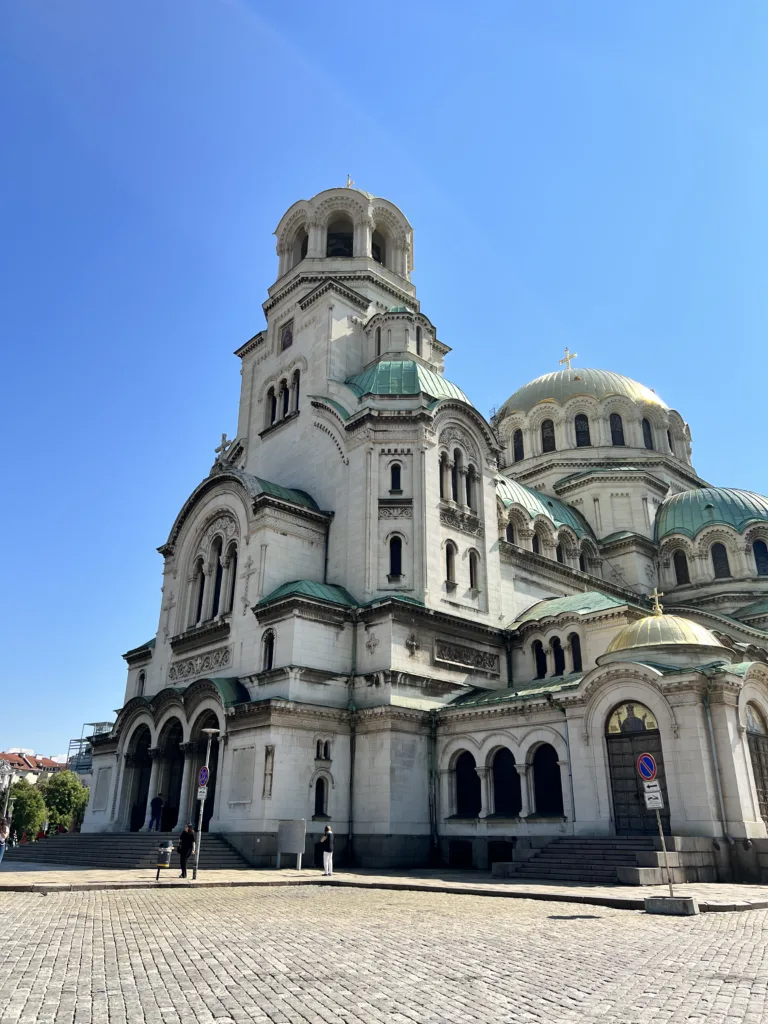
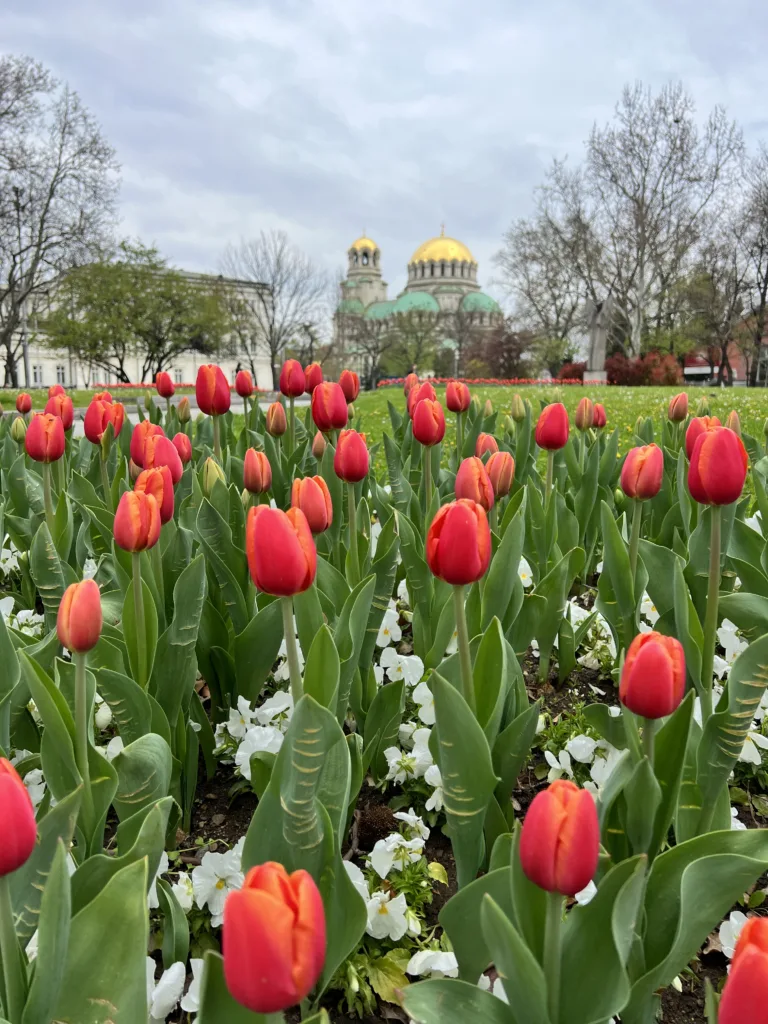

Completed in 1912, the Saint Alexander Nevsky Cathedral is one of the largest Eastern Orthodox Cathedrals in the world. It features golden domes, a marble facade, and Neo-Byzantine style architectures. Inside you can see beautiful frescoes, mosaics, and huge candle lit chandeliers. Be aware that this is a functioning church, but it is easily visited during the day. The cathedral is open daily from 7am to 7pm. You will need to pay a small fee if you want to take pictures inside but viewing the cathedral inside is free.
Stroll by the Bulgarian National Assembly

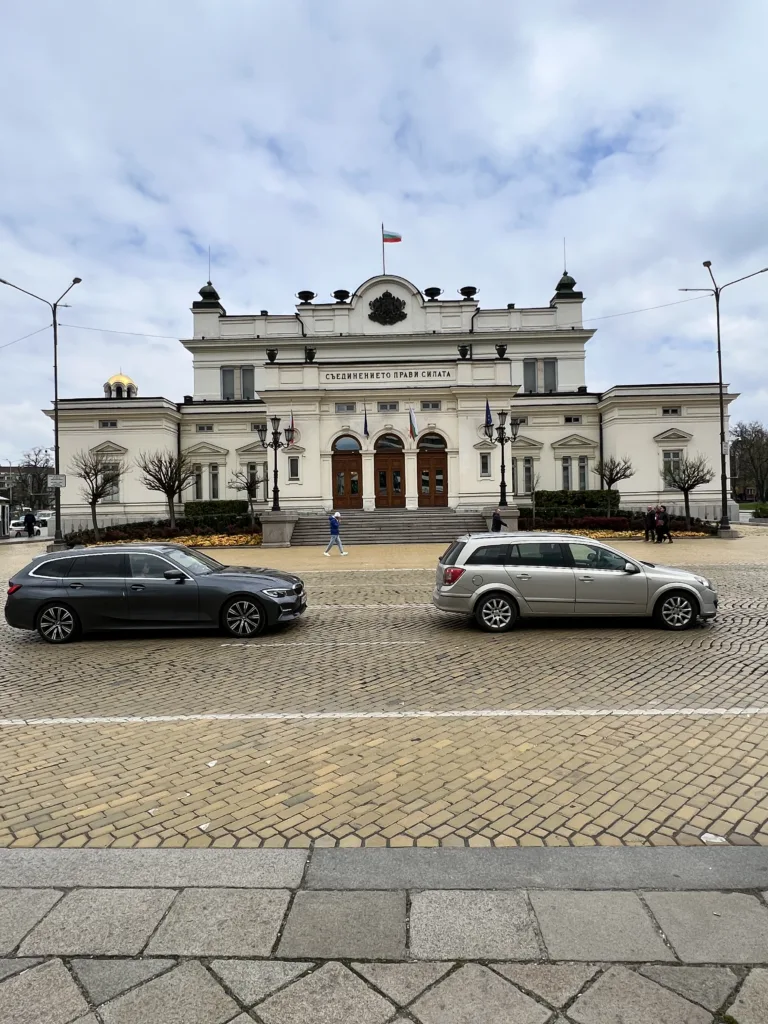

Just down the street from the Saint Alexander Nevsky Cathedral is the main building of the Bulgarian National Assembly (1169 Sofia Center) – the seat of the country’s parliament. You can admire its Neo-Renaissance style, as well as its elaborate and ornate architectural details. This is where parliamentary sessions, debates, and legislative activities take place.
Across you can visit the monument to the Tsar Liberator unveiled in 1901. It is a statue dedicated to Tsar Alexander II of Russia, who played a significant role in the liberation of Bulgaria from Ottoman rule during the Russo-Turkish War of 1877-1878.
Stop by the Church of Saint Nicholas the Miracle-Maker
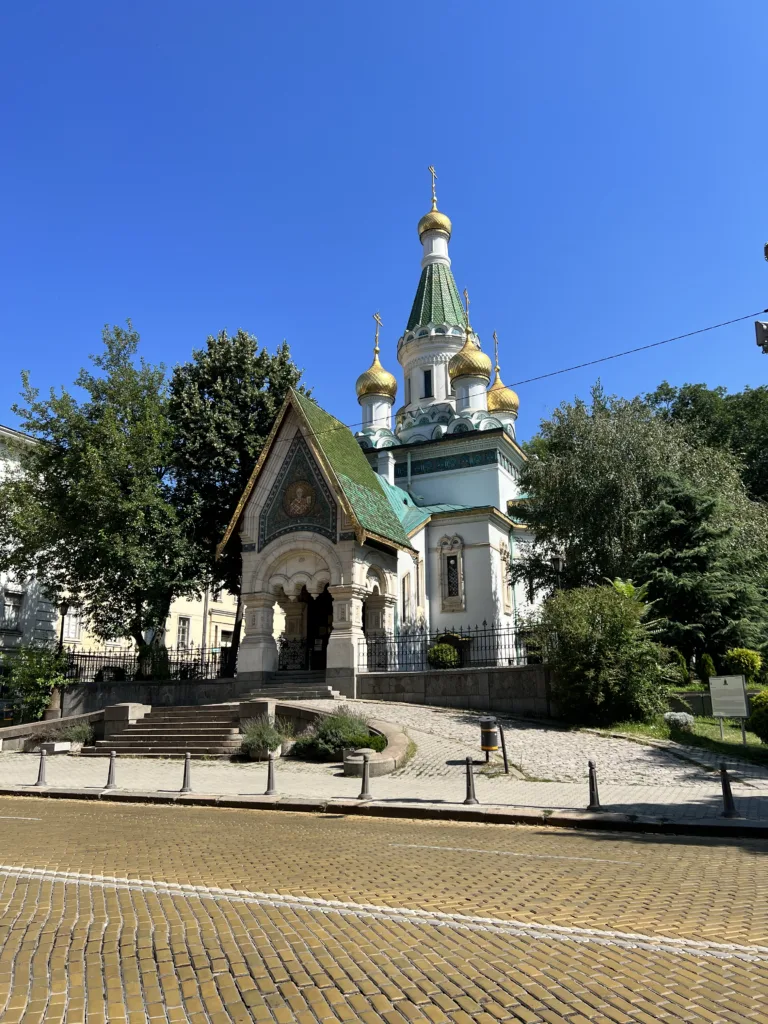
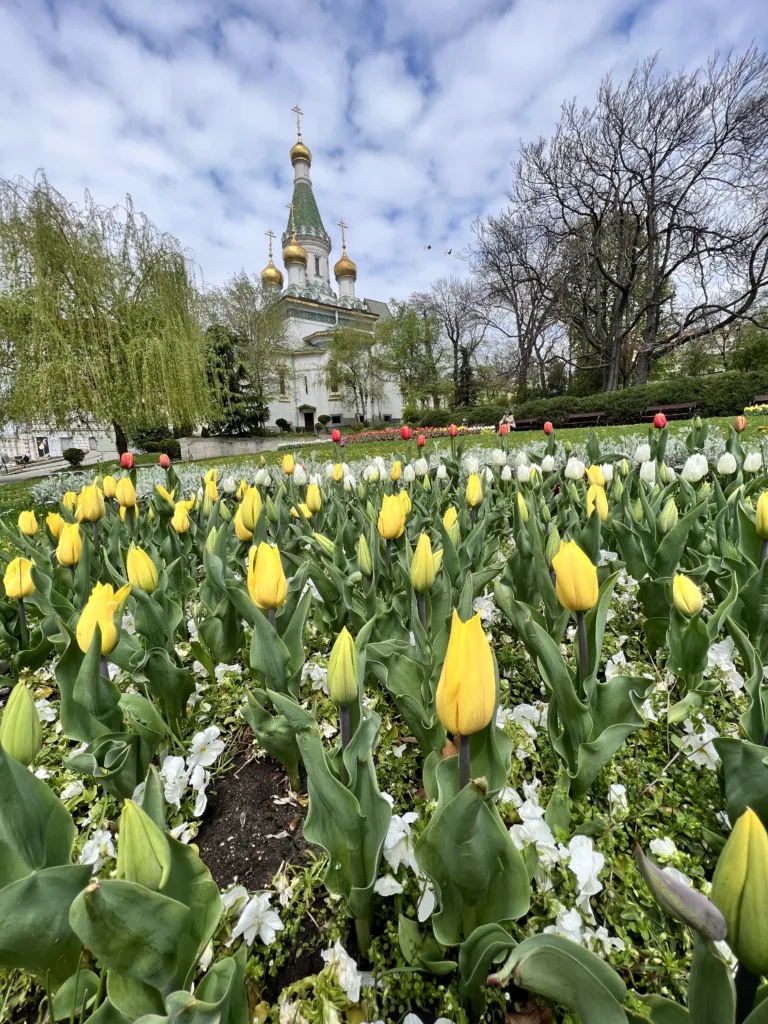
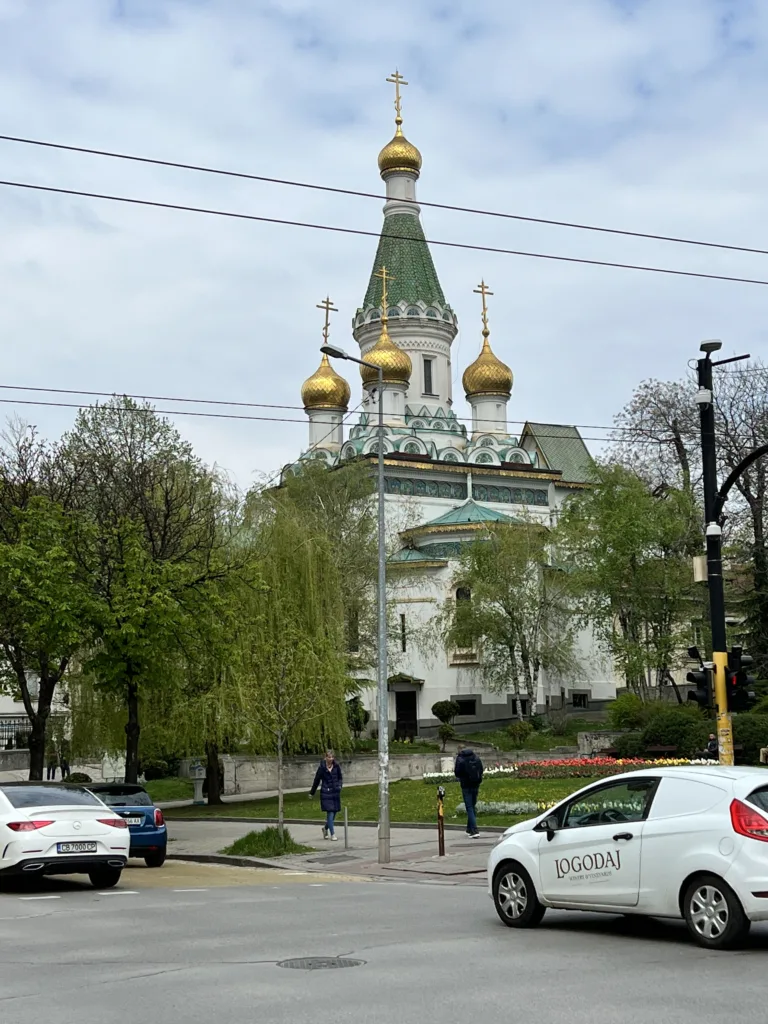
About two blocks to the west sits a very different building – the Church of Saint Nicholas the Miracle-Maker, also known as the Russian Church. This church has a unique and elaborate architecture inspired by the design of Russian churches. Be sure to walk inside and admire its ornate iconography, religious paintings, and peaceful atmosphere.
Explore the Saint George Rotunda Church
Visit the Saint George Rotunda Church – the oldest building in Sofia, which dates back to the fourth century. It is open daily, and admission is free.
Visit the Ivan Vazov National Theater
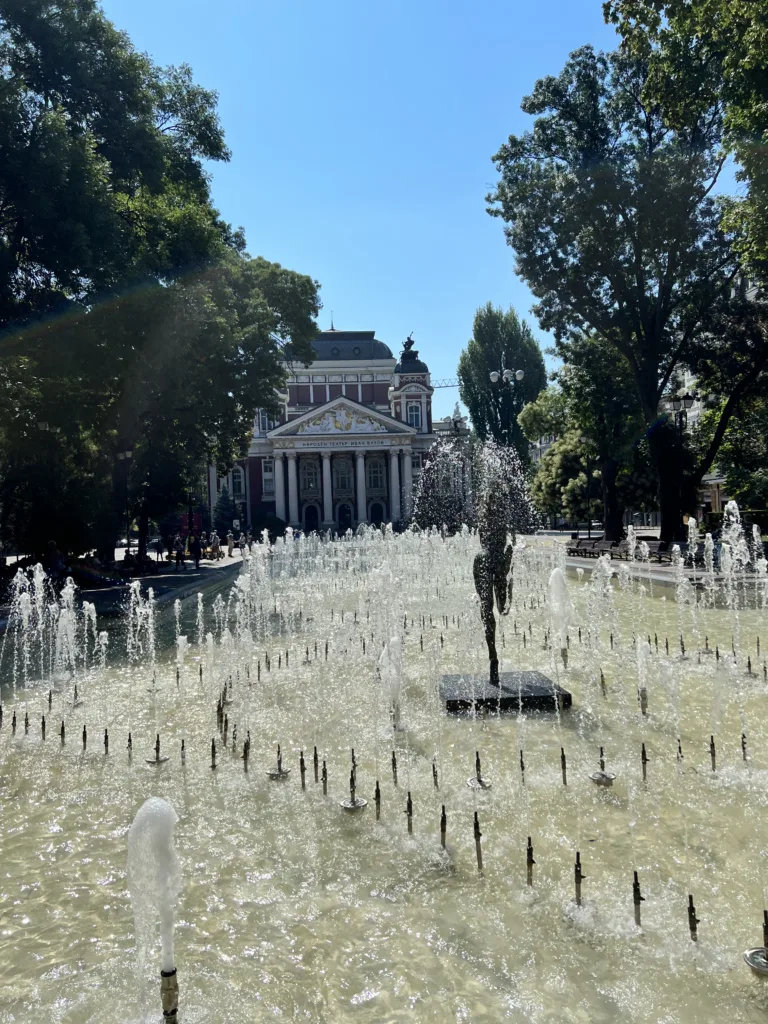
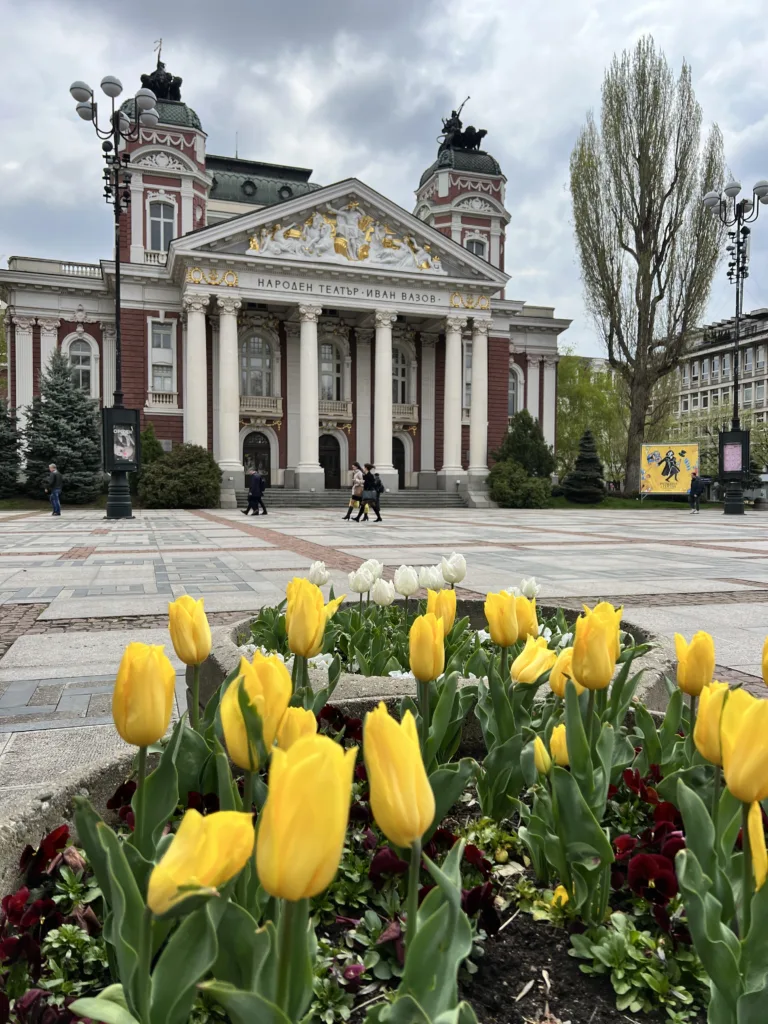
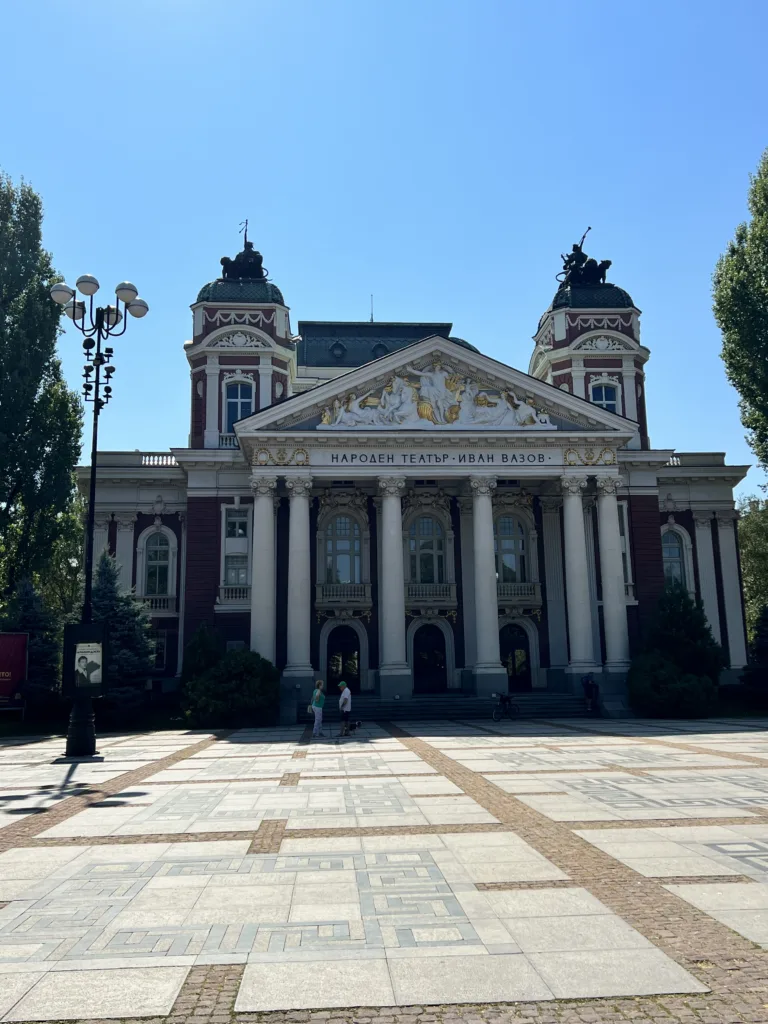
The Bulgarian National Theater is one of the most beautiful buildings in Sofia and very much worth visiting, if only to admire its elaborate neoclassical exterior. The theater has hosted events since it opened in 1907. There is a really nice park right in front of it known as the City Garden. It is a popular place with both locals and tourists alike, and a nice area for a leisurely stroll or break from a long day of sightseeing.
Day 2 in Sofia, Bulgaria
Peak inside Sofia University Saint Kliment Ohridski
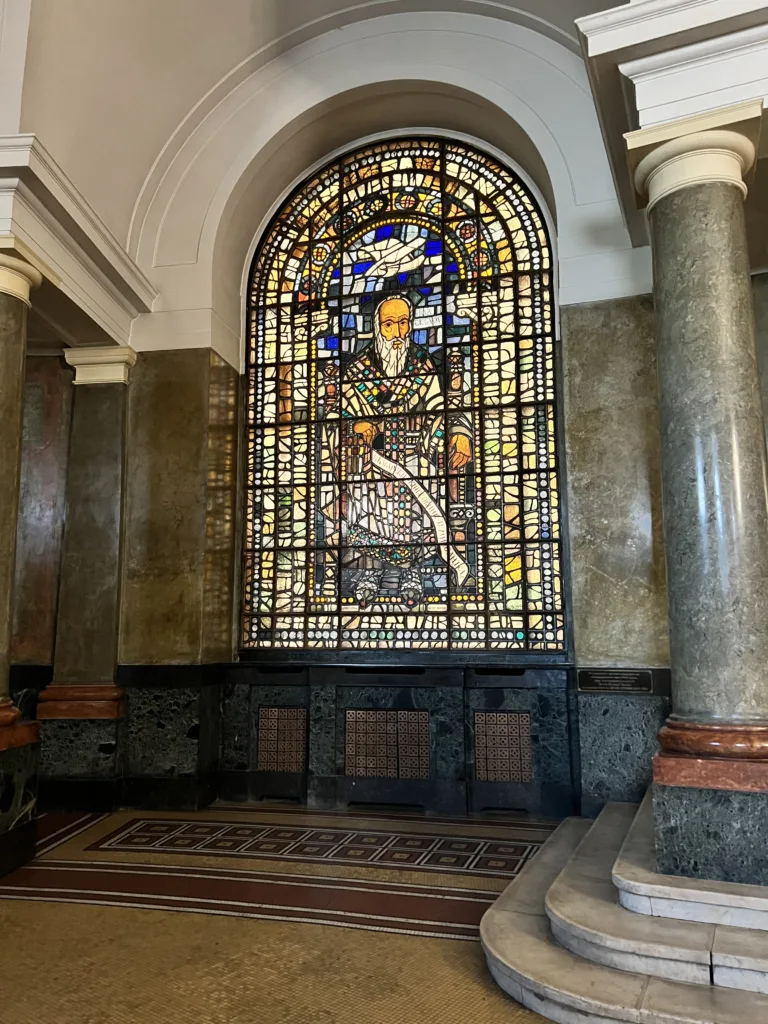
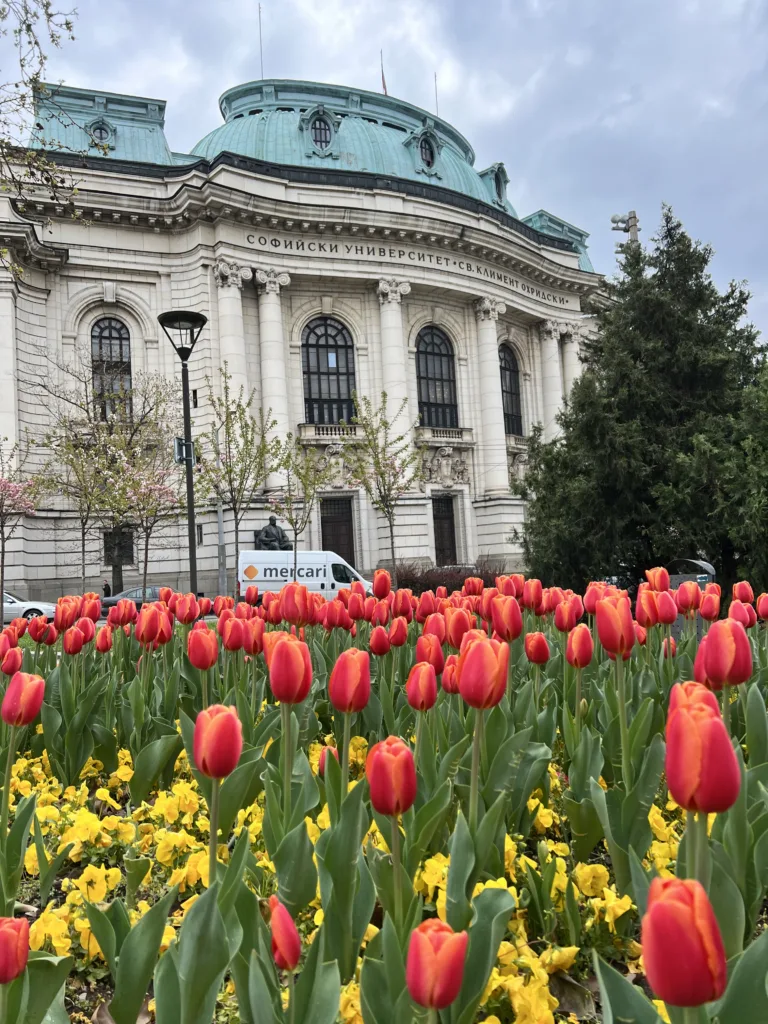
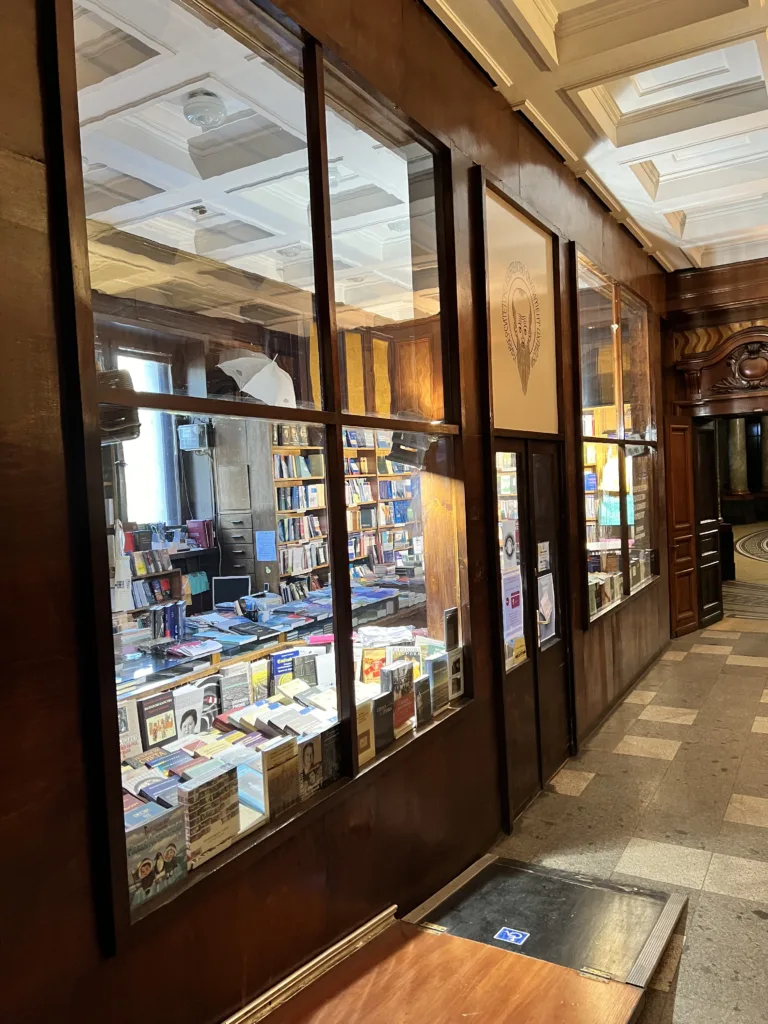
Start your second day with a brief visit to the Sofia University Saint Kliment Ohridski. Founded in 1888, Sofia University is the oldest and most prestigious higher education institution in Bulgaria. The architecture of the main building is a mix of neoclassical and modernist. Enter the university and observe its beautiful interior design, marbled floors and columns, and stained-glass windows. If it’s open, walk up the main staircase and see the Aula or main hall, which is often the backdrop of formal events and ceremonies.
Whether you have an interest in education, architecture, or simply want to immerse yourself in the intellectual atmosphere of the city, Sofia University is a worthwhile destination to explore.
Visit The Palace – National Art Gallery
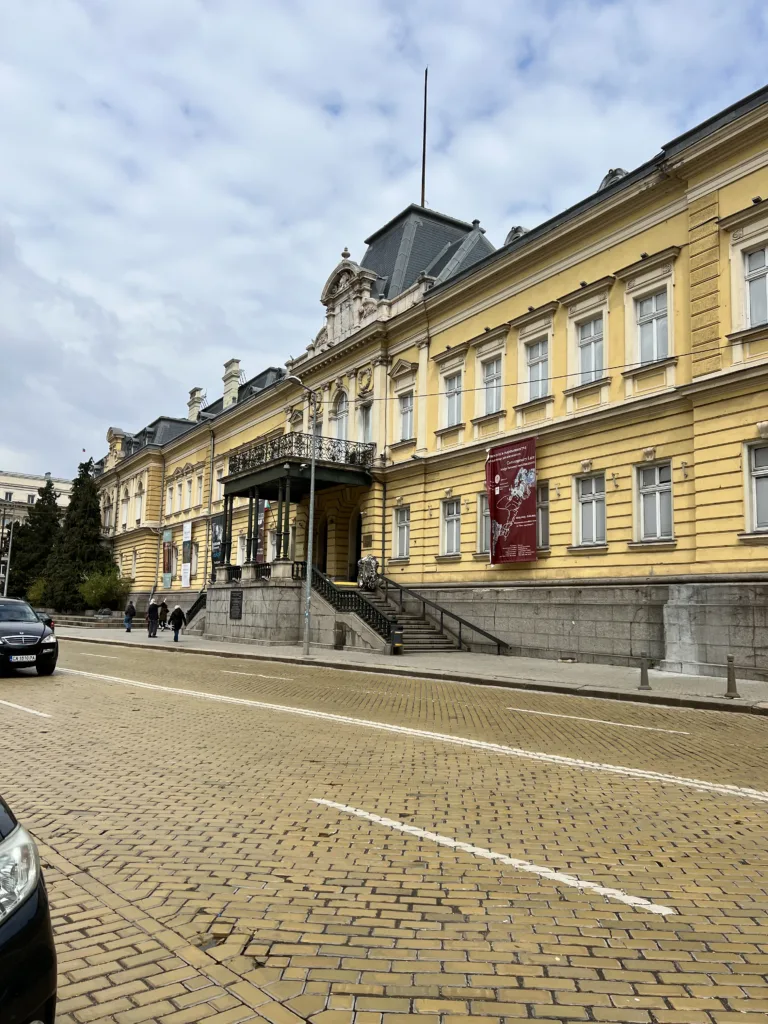

After gaining independence from the Ottoman Empire in the late 19th century (1878), a palace was built for Bulgaria’s ruler Prince Alexander Battenberg. The building was designed by the Viennese architect Friedrich Grünanger, who incorporated elements of neoclassical and baroque revival styles.
Today, it serves as the National Art Gallery and houses paintings, sculptures, and other works of art, including works by renowned Bulgarian artists as well as international masters.
The National Art Gallery is open daily except for Mondays and is a worthwhile stop on your visit to Sofia, especially if you enjoy art and history.
Visit the Regional History Museum Sofia
If you are interested in the rich history of the city of Sofia, be sure to stop by the Regional History Museum, located in what were originally the Sofia Central Mineral Baths. The building, intended to be mineral baths and a hotel, was later redesigned to just be mineral baths filled with water from a source right underneath. It opened in 1908 and had two swimming pools, one for family and one roman bath.
In 2015 the building was repurposed, beautifully restored and reopened as the Regional History Museum. The museum provides a comprehensive overview of the region’s history, from its ancient roots to the modern era. You will be able to explore artifacts from the Thracian, Roman, and Byzantine periods, Medieval collections and much more.
Day 3 in Sofia, Bulgaria
Visit the National Bulgarian Archeological Museum
Located in the heart of the capital city, the National Bulgarian Archeological Museum boasts an extensive collection of archaeological artifacts, dating back to prehistoric times through the Roman, Byzantine, and medieval periods. You will be able to see pottery, exquisite jewelry, sculptures, and historical artifacts, as well as gain an appreciation of Bulgaria’s rich history. The museum is open daily from 10am – 6pm.
Explore the Archeological exhibition “Ancient Serdica”



Right in the center of the city and free to the public is the archeological exhibition Ancient Serdica. Serdica was the Roman predecessor of the city of Sofia. The exhibit showcases a treasure trove of archaeological finds unearthed during excavations spanning several decades. Well preserved mosaics, Roman streets, and remnants of buildings shed light on Serdica as a Roman settlement and crossroads of civilizations.
Explore Vitosha Boulevard and do some shopping
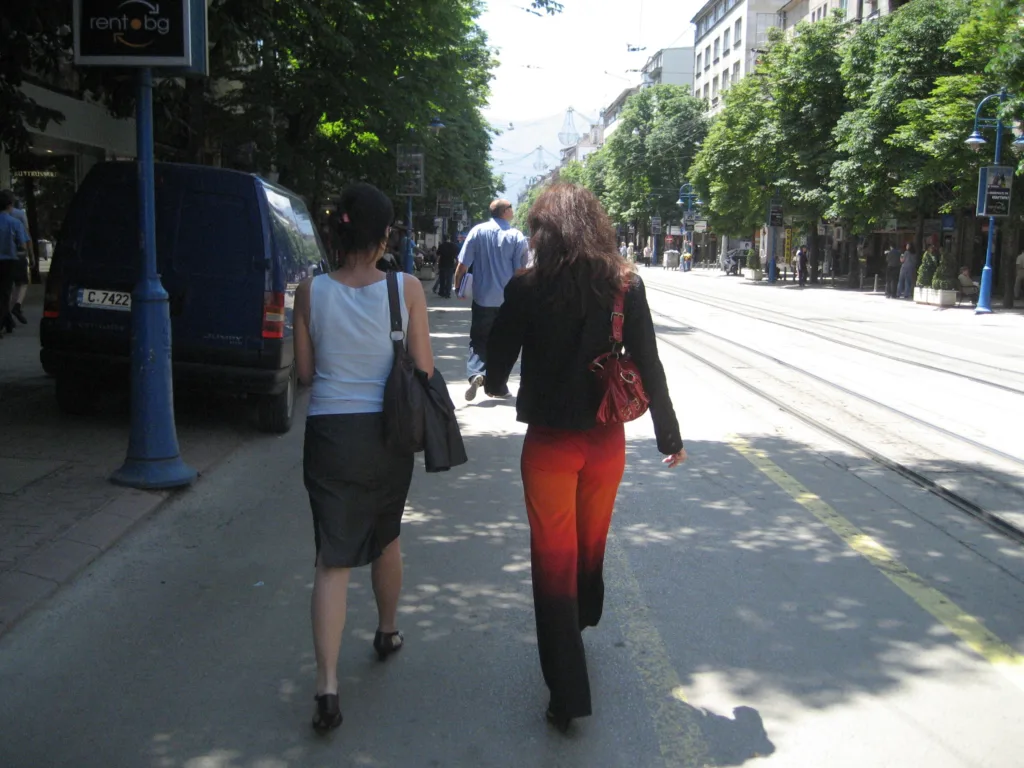

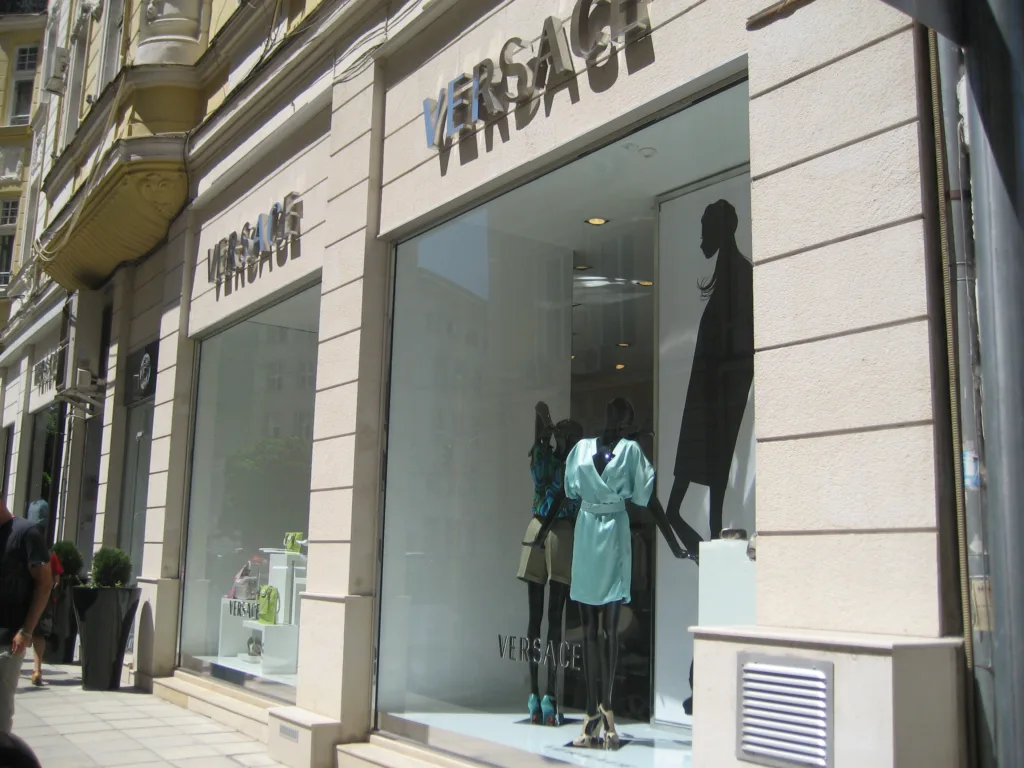
From the Ancient Serdica exhibition, take Vitosha boulevard (a.k.a Vitoshka) towards the Vitosha mountain, which you will be clearly able to see on the south side of the city. This boulevard stretches for 2.5 kilometers (1.6 miles) and a large section in the middle of it is pedestrian-only. It is the most popular and lively street in Sofia, full of shops, cafes, and restaurants. This is another area of the city that is very popular with locals and tourists alike. And if you visit between late spring and early fall, you can enjoy alfresco dining right in the heart of the city. Additionally, this is an excellent place to pick up handmade souvenirs in one of the many souvenir shops along the boulevard. Look for:
- Rose Products: Bulgaria is famous for its rose oil production – rose oil, rose water, rose-scented cosmetics, and perfumes.
- Pottery: Traditional Bulgarian pottery is known for its intricate designs and vibrant colors. You can find decorative plates, bowls, vases, and cups as souvenirs.
- Traditional Textiles: Look for souvenirs made from traditional Bulgarian textiles, such as embroidered clothing, tablecloths, and rugs.
- Wooden Crafts: Wooden souvenirs like hand-carved figurines, kitchen utensils, and decorative items showcase the country’s woodworking heritage.
- Icons and Religious Artifacts: Bulgaria has a strong Greek Orthodox Christian heritage, and you can find icons and religious artifacts as souvenirs, often hand-painted and intricately detailed.
- Traditional Costumes and Embroidery: Miniature replicas of traditional Bulgarian costumes, as well as embroidered bookmarks and patches, are also popular souvenirs.
If you have more time in Sofia, Bulgaria
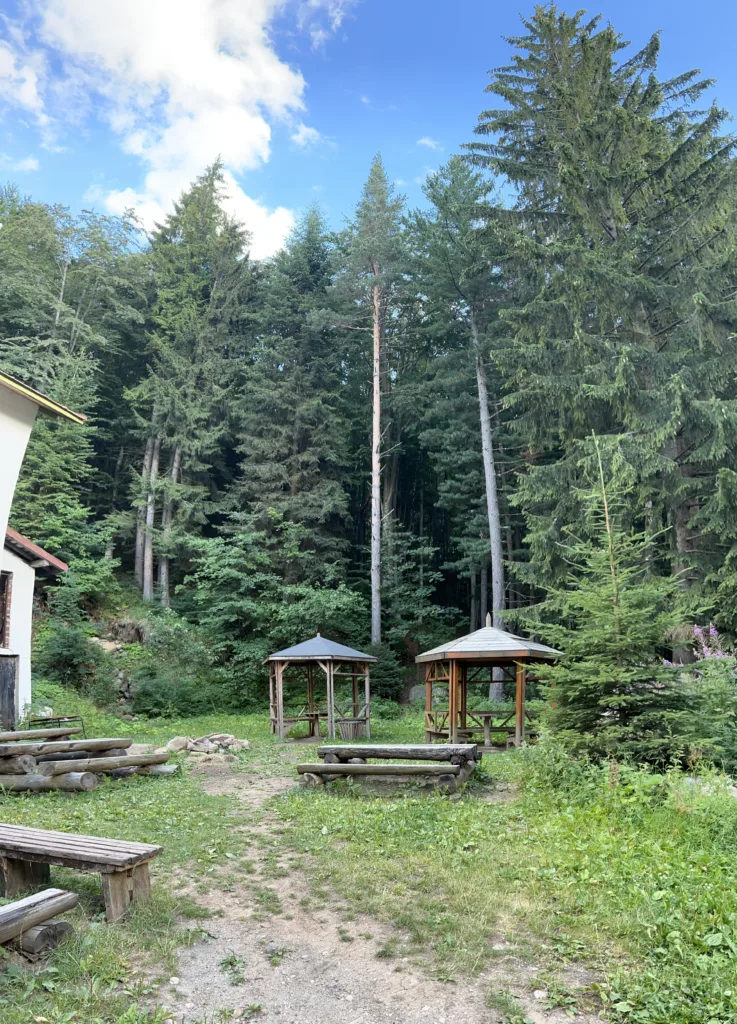

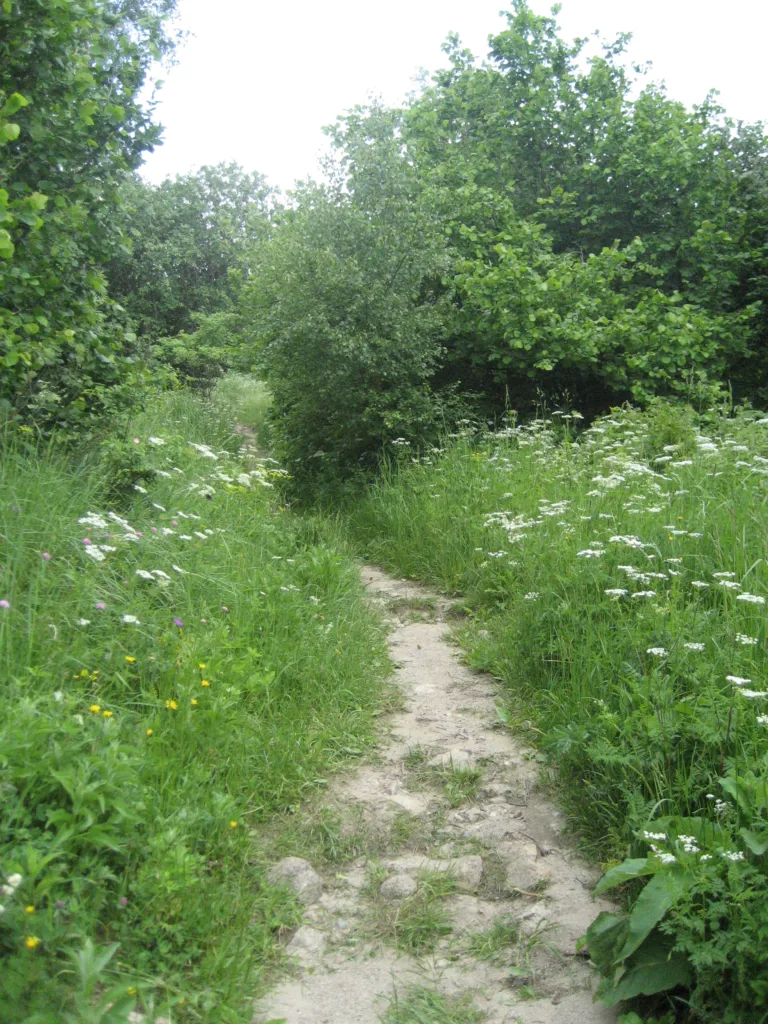
If you can spend extra days in Sofia, Bulgaria and you enjoy nature, consider hiking the nearby Vitosha mountain. There are plenty of trails at all level types and most present beautiful views of the city.
If you’re not familiar with hiking or the local area, you might consider hiring a local guide who can show you the best routes and ensure your safety throughout the journey. Enjoy your hike and the stunning nature that Vitosha Mountain has to offer!
What to eat in Sofia, Bulgaria
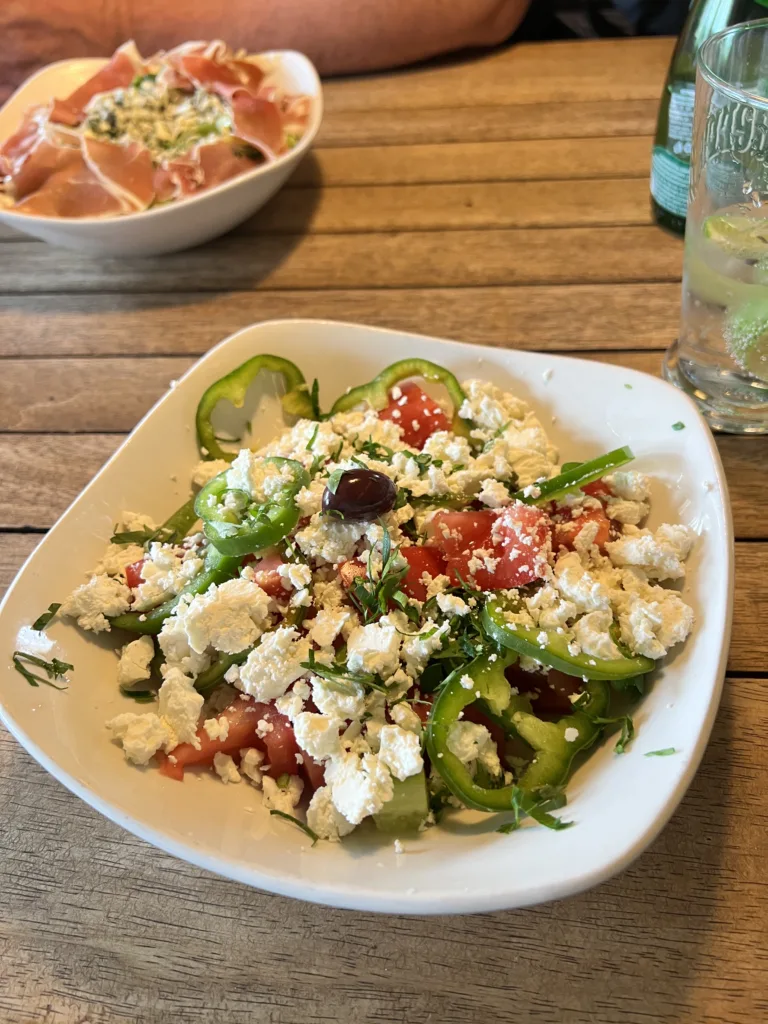
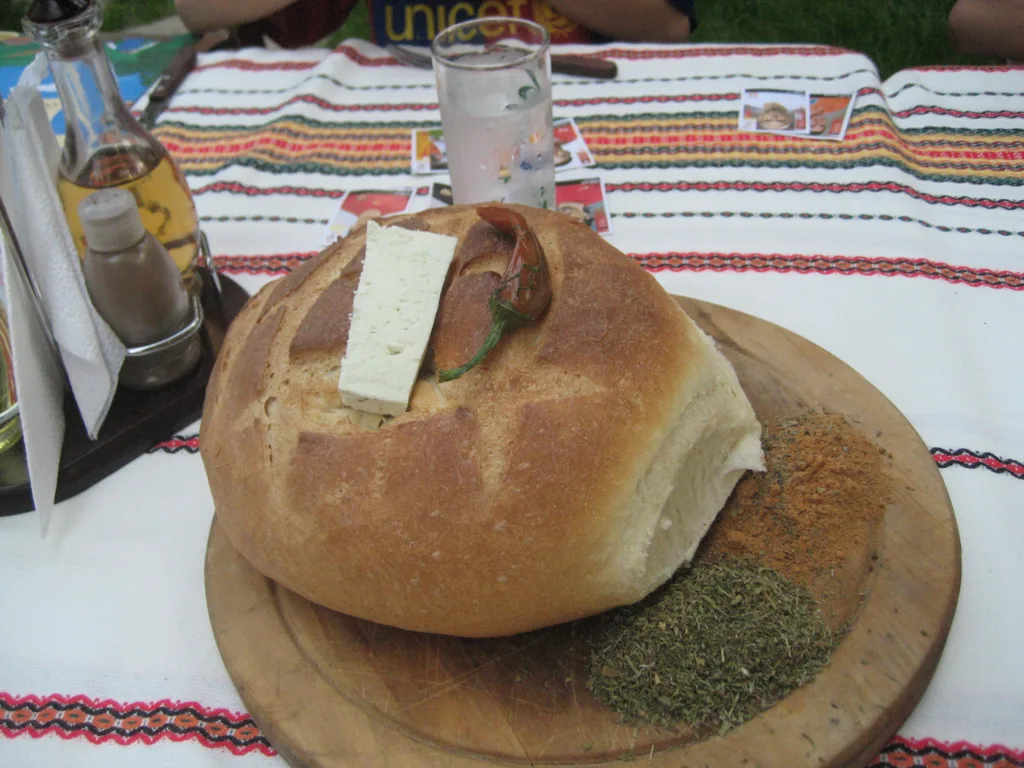
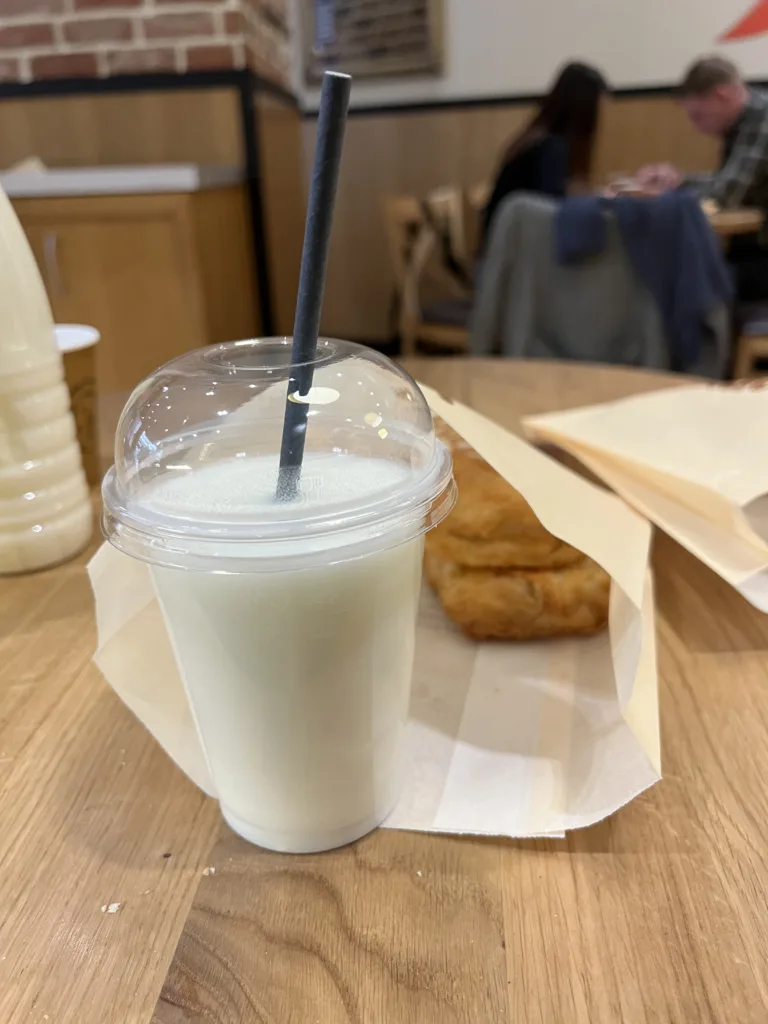
Bulgarian cuisine is known for its flavorful and hearty dishes, often influenced by the country’s rich history and regional ingredients. In Sofia you can find a diverse and delicious culinary scene.
Here are some must-try foods when you visit Sofia, Bulgaria:
- Shopska Salad: Traditional salad made with fresh tomatoes, cucumbers, peppers, onions, and topped with grated feta cheese.
- Kebapche: Small, seasoned minced meat sausages, usually made from a mix of pork and beef.
- Banitsa: A popular breakfast pastry made with layers of thin phyllo dough filled with eggs and feta cheese.
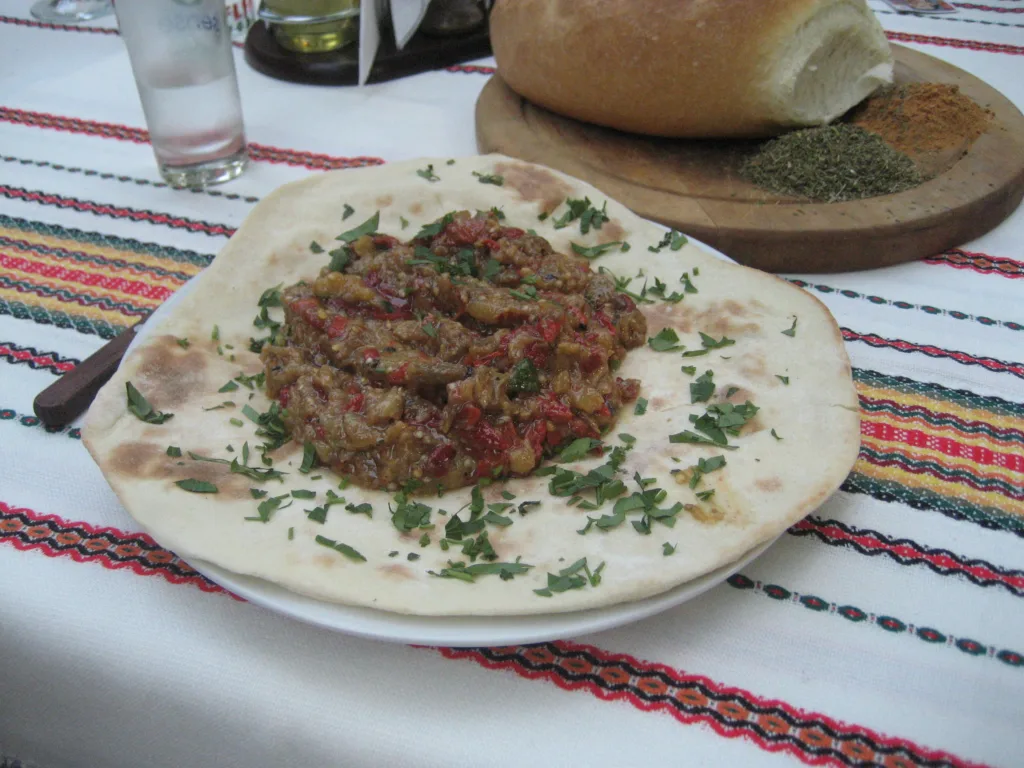
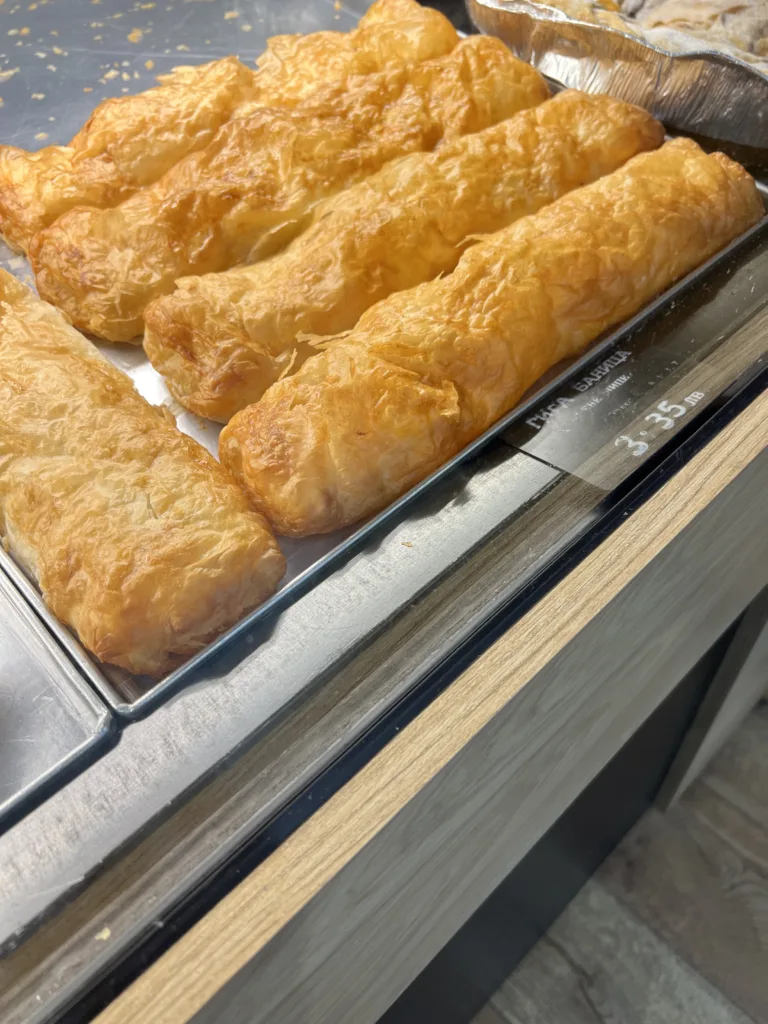
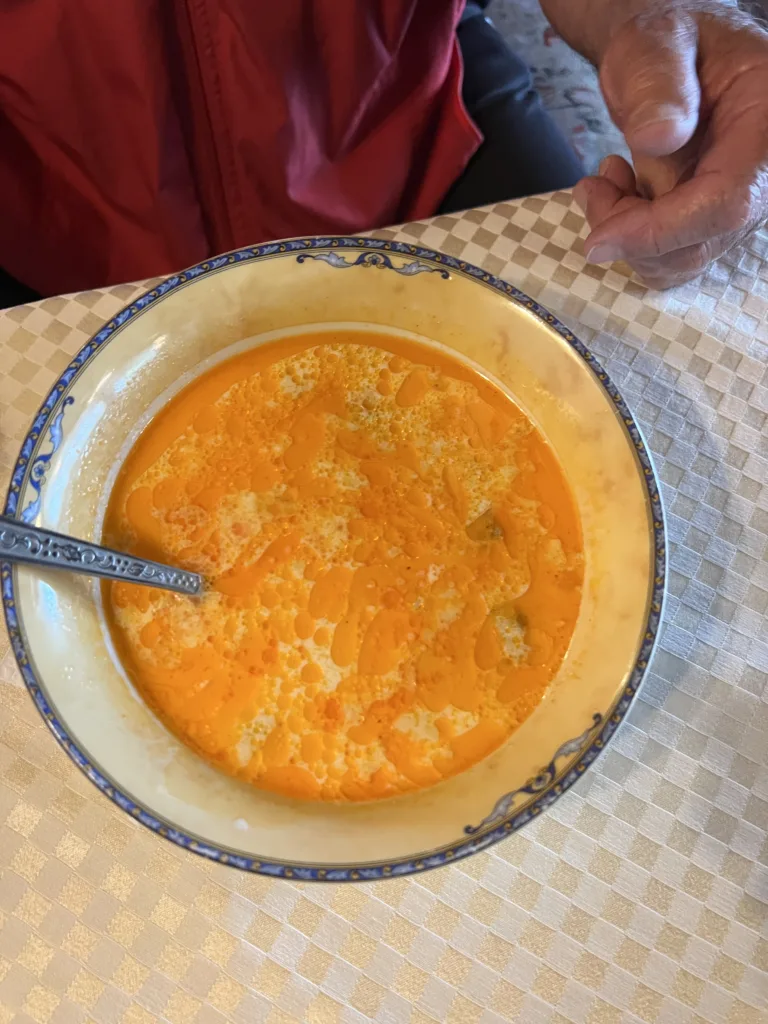
- Kopolu: A spread made from roasted red peppers, eggplant, fresh tomatoes and parsley.
- Tarator: A cold soup made with yogurt, cucumbers, garlic, and dill.
- Sarmi: Cabbage or grape leaves stuffed with a mixture of rice and minced meat.
- Bulgarian Yogurt and Ayran: Bulgaria is famous for its yogurt, which is believed to have numerous health benefits due to a specific bacteria used in the fermentation process. Also be sure to try Ayran – a yoghurt-based cold drink that is super refreshing and great for breakfast.
- Shkembe Chorba: A traditional tripe soup enjoyed hot.
Bulgarian wines
Bulgaria also has a long history of winemaking, and you can find a wide range of delicious local wines to pair with your meals. Some traditional and unique wine varietals include Mavrud, Melnik, Gamza, Pamid, Misket and Rubin. You can expect most Bulgarian wines to be dry and flavorful – a must-try if you are a wine enthusiast.
Of note is that you can buy some of these wines at the airport Duty-Free shops when leaving Sofia.
What we loved about Sofia, Bulgaria
- A place rich in history; lots to explore and learn
- Excellent transportation options
- Beautiful natural surroundings – green parks and a majestic mountain very close by
- Plenty of unique and very tasty foods to sample
- A good variety of things to do – history, art, nature
- Very hospitable people make a visit to Sofia a must for anyone planning a trip to Eastern Europe.
What to bring
- No matter the season, try to bring stylish clothes to wear
- Bring comfortable shoes, as you can expect to walk a lot
- Sunglasses
- An umbrella. We like this one for travel – but Amazon has many reasonably priced options.
In closing, a trip to Sofia, Bulgaria is a trip back in time! Lots to see and do, but we never felt overwhelmed by crowds, tourists, or having to wait. We highly recommend visiting Sofia.
[All pictures taken by the Styled Traveler]
Additional resources and inspirations
Here are some links to additional resources you might find useful and inspirational for your trip to Sofia:
Pin it

